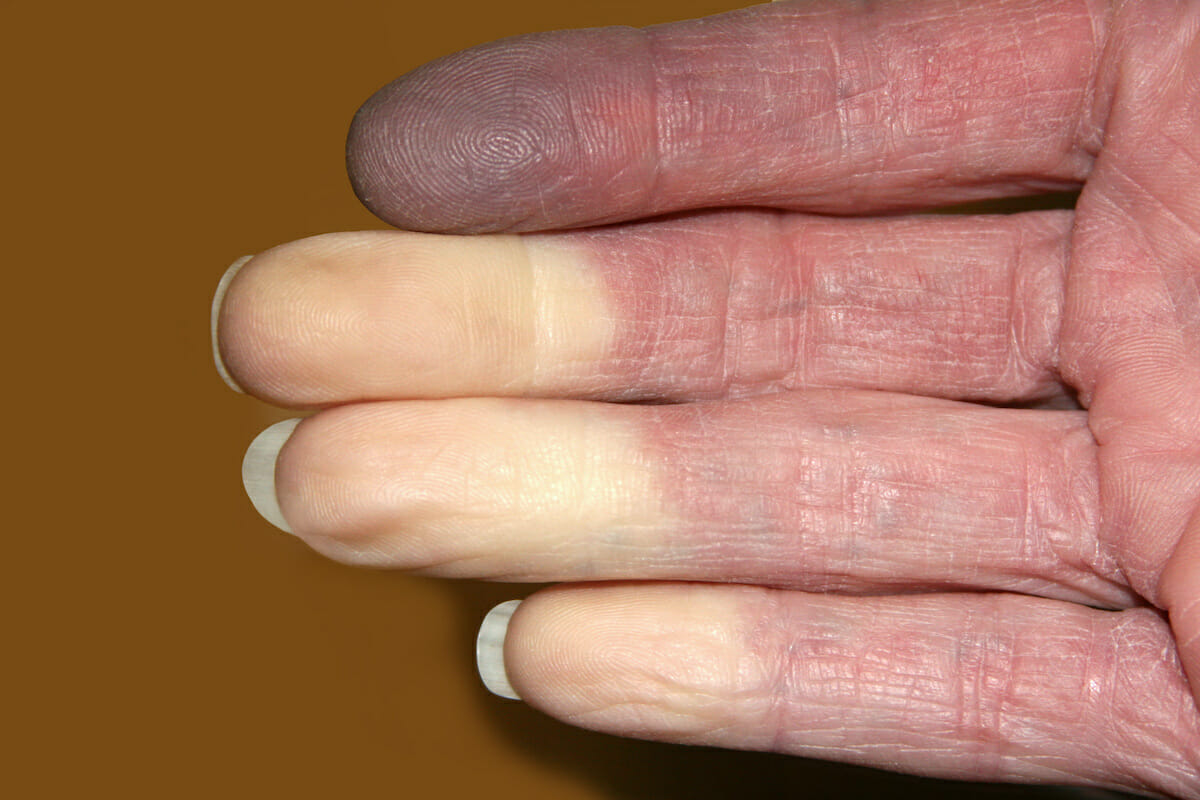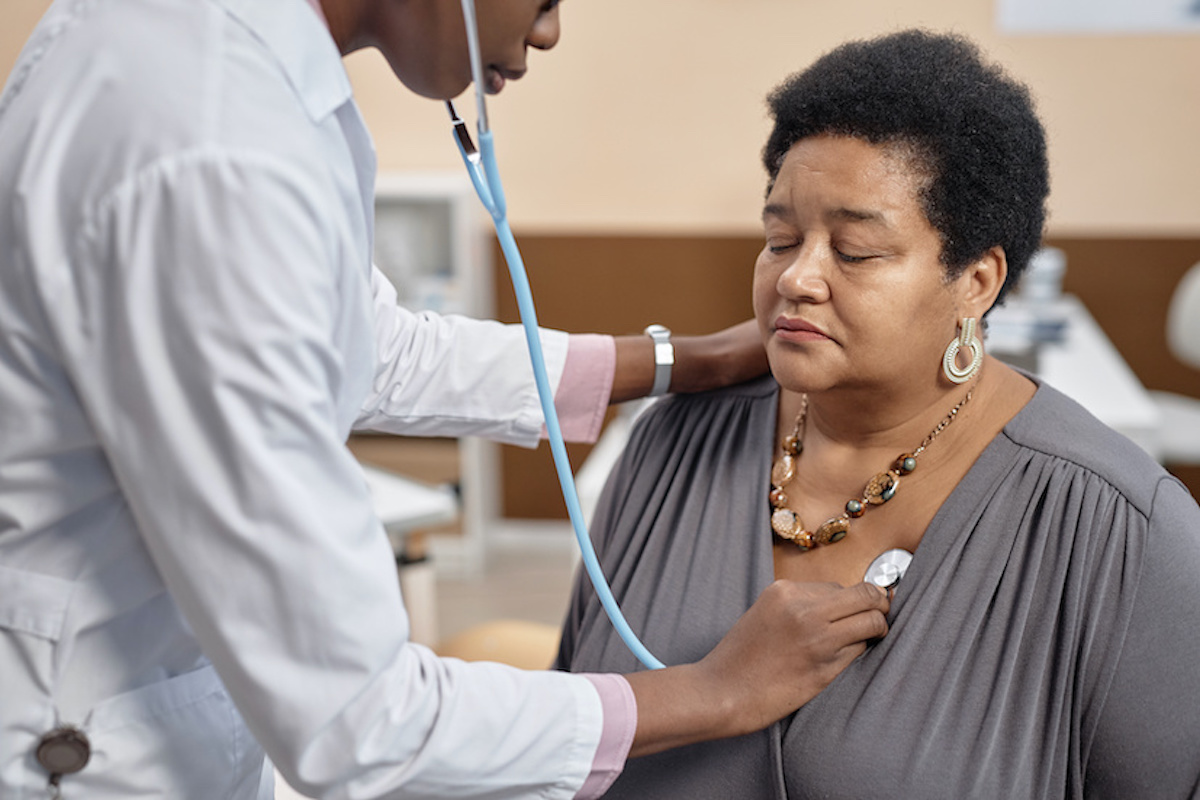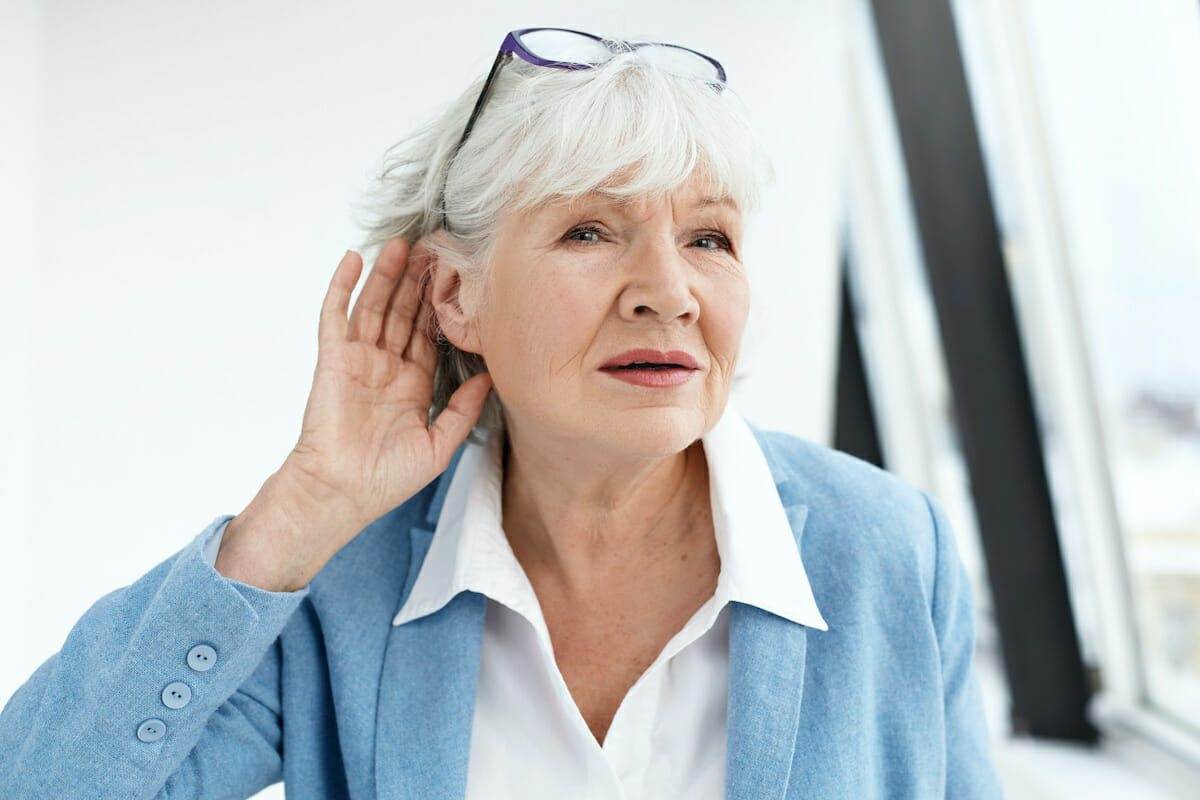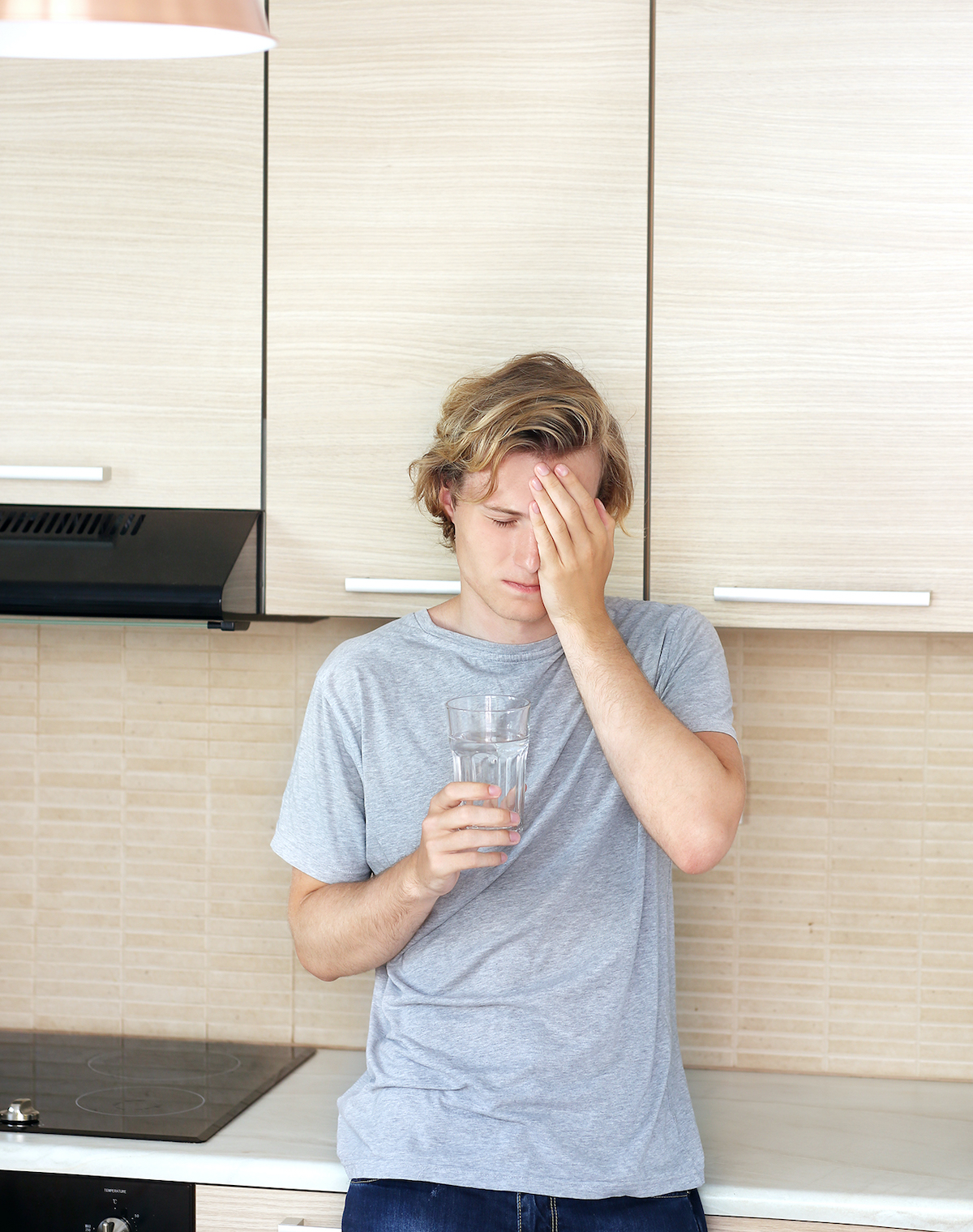In Raynaud’s disease, smaller arteries that supply blood to your skin become narrow, limiting blood flow to affected areas. This causes some areas of your body, such as your fingers and toes, to feel numb and cold in response to cold temperatures or stress. You may experience numb, prickly feelings or stinging pain upon warming or stress relief. And you may notice color changes in your skin in response to cold or stress.
Women are more likely than men to have Raynaud’s disease. While the condition can develop at any age, it often begins between 15 and 30. Also, the disorder is more common in people who live in colder climates.
There are two main types of Raynaud’s disease:
Primary Raynaud’s – Primary Raynaud’s, also called Raynaud’s disease, is the most common form. It isn’t the result of an associated medical condition. It can be so mild that many people don’t seek treatment. And it can resolve on its own.
Approximately 10% of people in the U.S. have primary Raynaud’s, according to the American College of Rheumatology.
Secondary Raynaud’s – Secondary Raynaud’s, also called Raynaud’s phenomenon, is caused by an underlying problem. Although this type is less common, it tends to be more serious. Signs and symptoms of secondary Raynaud’s usually appear around age 40. Causes of secondary Raynaud’s include connective tissue diseases, such as scleroderma, lupus and rheumatoid arthritis; diseases of the arteries; carpal tunnel syndrome; and smoking.
Treatment goals
The goals of treatment are to reduce the number and severity of attacks and prevent tissue damage, and for secondary Raynaud’s, to treat the underlying disease or condition. Dressing for the cold in layers and wearing gloves or heavy socks usually are effective in dealing with mild symptoms of Raynaud’s.
Medications are available to treat more severe forms of the condition. If you have severe Raynaud’s, your health care professional also may recommend surgery or injections to block the sympathetic nerves in affected hands or feet.
Lifestyle and home remedies
These strategies can decrease Raynaud’s attacks and help you feel better:
Avoid smoke.
Smoking or inhaling secondhand smoke causes skin temperature to drop by tightening blood vessels. This can lead to an attack.
Exercise.
Exercise can increase circulation, among other health benefits. If you have secondary Raynaud’s, talk to your health care team before exercising outdoors in the cold.
Control stress.
Learning to recognize and avoid stressful situations might control the number of attacks.
Avoid rapidly changing temperatures.
Try not to move from a hot environment to an air-conditioned room. If possible, avoid the frozen food sections of grocery stores.
Source: https://newsnetwork.mayoclinic.org/discussion/consumer-health-what-do-you-know-about-raynauds-disease/












